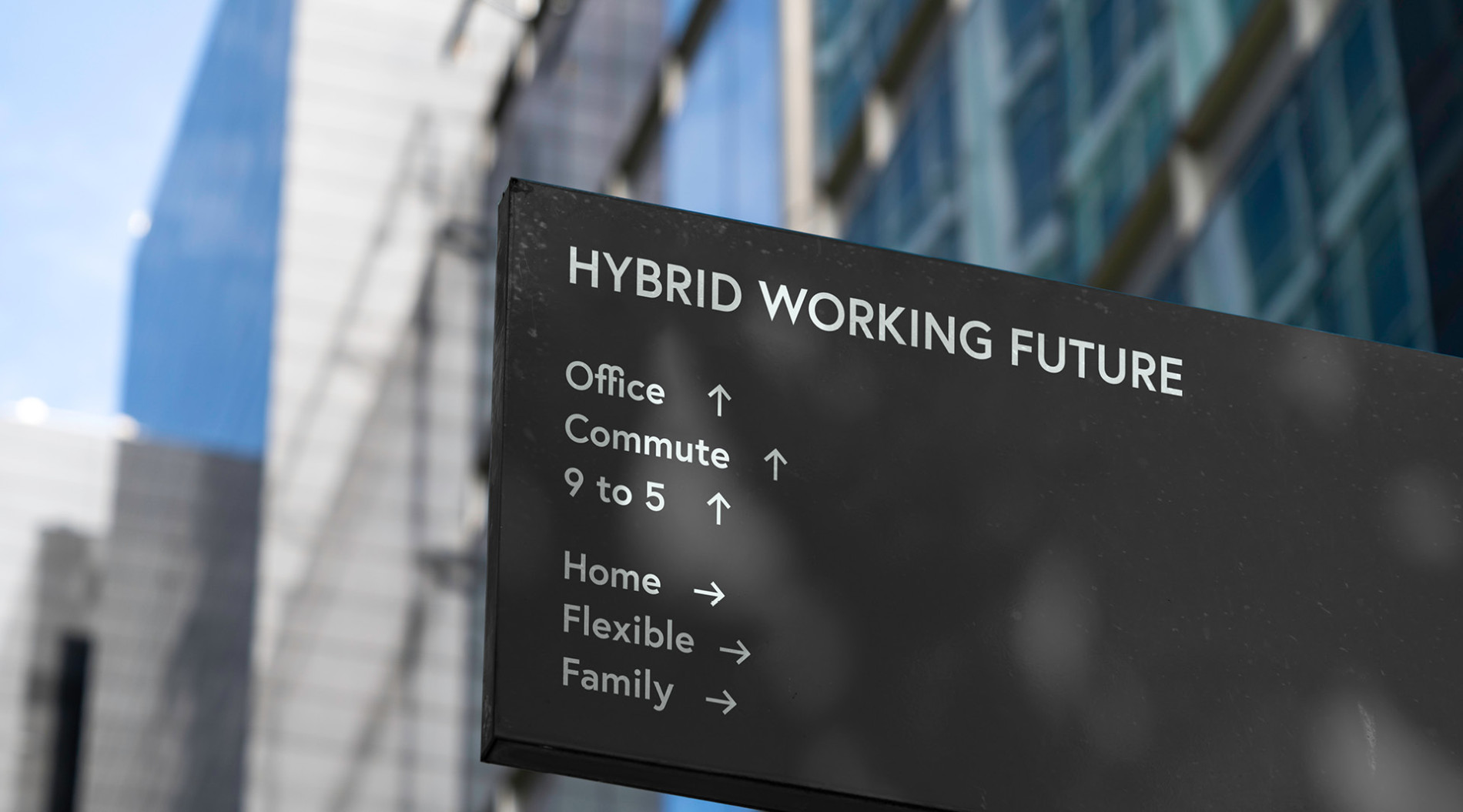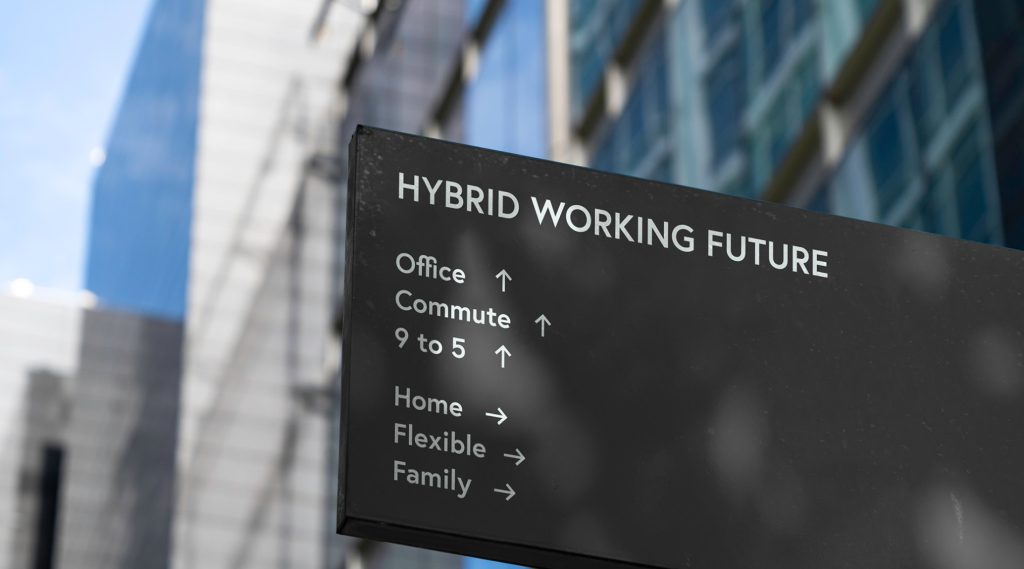Welcome Aboard: Creating a Memorable Induction Process
The Importance of Second Impressions
Your organisation may have made a great first impression during the interview rounds – now it’s time to follow through with a memorable first day on the job.
We all know that first impressions count for a lot, but how about second impressions? In the work context, that’s usually once the buzz of the recruitment rounds is finished and the successful candidate steps into the office for the first time as an employee. Most people will be nervous. Will they fit in? Will they enjoy the work? Will they get on with their colleagues and, even more critically, their boss?
As a direct manager, hiring manager or HR manager, you can soothe first-day, or more accurately, first three-month nerves, with some simple yet highly effective induction planning.
Effective Onboarding Tips for New Employees
Create a Welcome Pack
This can include the latest media coverage about the company, some branded products, perhaps a fun personal note or a card signed by the whole team.
Get the Paperwork Sorted
It’s the bane of everyone’s life, so don’t let paperwork clutter up a first day on the job. Get it out the way before the employee starts by mailing it out to them. That way they can review all the documents in their own time, at their own pace.
Hone Your Induction Program
This is where you introduce the inner workings of the company to a new recruit. It should cover the essentials, such as work policies like procedures for sick leave, tips on the company culture—such as where everyone gets their lunch—and key manuals, documents, and other essential information to help them start their role successfully. Keep it concise—most of this can typically be covered in under an hour. Don’t forget to introduce the new team member to their colleagues and anyone they may need to collaborate with, such as IT or reception. Most importantly, show them where key facilities like the kitchen and bathrooms are located.
Get to Know Them
It may seem intrusive, but a fun questionnaire can reveal some amusing, lighter insights into a newcomer’s personality, hobbies and personal life. Share it with team members – if it’s appropriate – so there are some icebreakers at the top of everyone’s mind.
Ensure the ‘Tools of the Trade’ are Handed Over
This can include everything from laptops and mobile phones—and even the PC itself; there’s nothing worse than a newcomer left standing awkwardly while IT sets up their computer—to seemingly simple items like stationery. Providing a laminated list of personal login details and contact information for key colleagues is also a great idea to help the new recruit get started smoothly.
Create a Learning Plan
You want to quickly establish that the employee has a future with your organisation. Avoid information overload by crafting a 30, 60 and 90-day plan, which will take the employee through to the end of their probation period. Set some expectations of what the employee should know at each of those time junctures – but make sure you provide them with adequate tools and/or training to ensure they know how to do their assigned tasks.
Assign a Mentor
Most existing employees are only too happy to spend time with a newbie. This person has some runs on the board. They know how things work, who everyone is, and where everything is. They don’t have to become ‘best friends’ with the new recruit, but a friendly face to have lunch with during the first week can be a blessing for a shy newcomer.
Need Expert Advice or Tailored Solutions?
Making a great second impression is just as important as the first. With a well-thought-out onboarding plan, you can set your new hires up for long-term success and strengthen your team from day one. If you’re looking for expert advice or tailored solutions to enhance your recruitment and onboarding processes, our team is here to help.
Contact Adecco Australia today and let us help your business attract, hire, and retain top talent in Australia.











